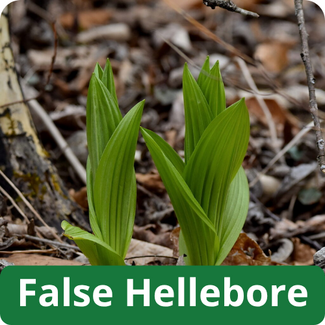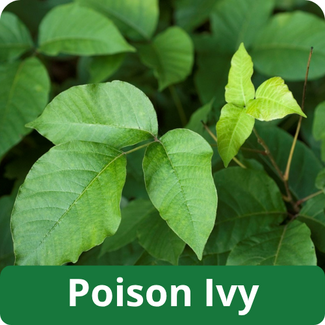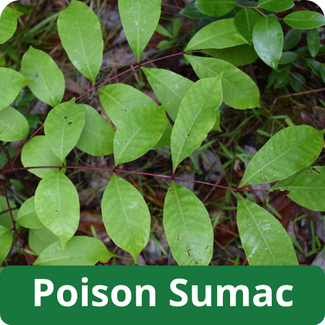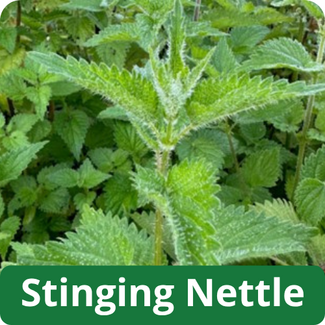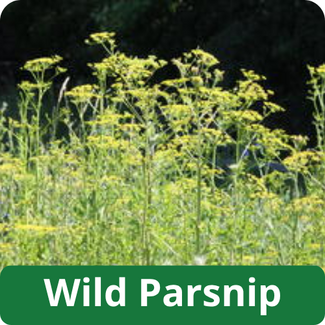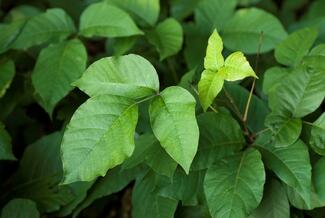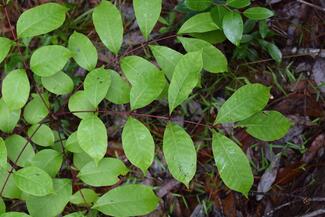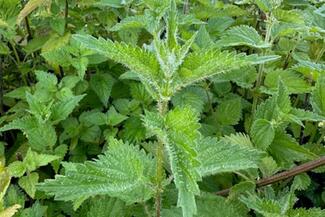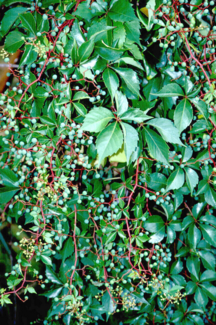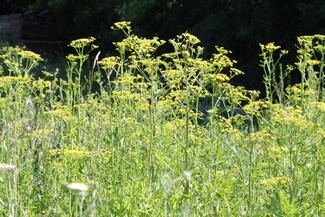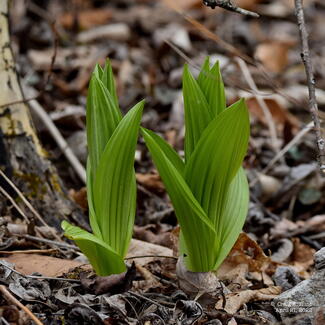
False hellebore (Veratrum viride) is a leafy plant native to Vermont that comes up very early in the spring. False hellebore can be found almost anywhere in Vermont, like backyards, forests, roadsides, or anywhere there is wet soil. It is also known by other common names such as Indian poke, Indian hellebore, American white hellebore, or bunchflowers. Some people may call false hellebore skunk cabbage.
When it is only a few inches tall, the false hellebore plant is easily confused with ramps or wild leeks, which people harvest to eat. False hellebore is toxic when you eat it. It is not toxic if you touch it. False hellebore is also toxic to pets and livestock, which experience similar symptoms as humans.
The Health Department advises people foraging for ramps to know how to correctly identify them.
How can I tell if it's false hellebore?
Ramps typically smell like onion or garlic when the leaves are broken. False hellebore does not have this smell. However, the smell alone does not guarantee that a plant you’ve picked is a ramp. Make sure to do your research before you go out, and be sure that you know how to identify ramps. Consider taking a foraging class from a trusted organization.
What happens if I eat false hellebore?
False hellebore contains many different chemicals called steroidal alkaloids in all parts of the plant. Steroidal alkaloids change the way that cells regulate sodium concentrations inside cells. Sodium concentration inside the cells is very tightly regulated, and when that goes awry our bodies can become sick very quickly.
Eating false hellebore can cause dangerous changes in your heart and you should seek immediate medical care. If you eat false hellebore, you may notice symptoms within 30 minutes to 4 hours after eating it.
Typically, you will have severe nausea and vomiting first. Then you may notice a slowed heartbeat and a drop in blood pressure. Other symptoms can include:
- Slowed breathing
- Weakness
- Dizziness
- Numbness and tingling
- Sweating and drooling
What do I do if I eat false hellebore?
If you’ve eaten false hellebore, do not wait for symptoms to appear. Contact the Northern New England Poison Center right away by calling 1-800-222-1222. You can also chat online or text “poison” to 85511.
In most cases, people who have eaten false hellebore will need to go to the hospital. The effects on the heart need to be managed by medical professionals, and the poison center will advise the hospital staff on how best to treat people.
Find photos and more information about false hellebore
Find photos and more information about ramps (wild leeks)

